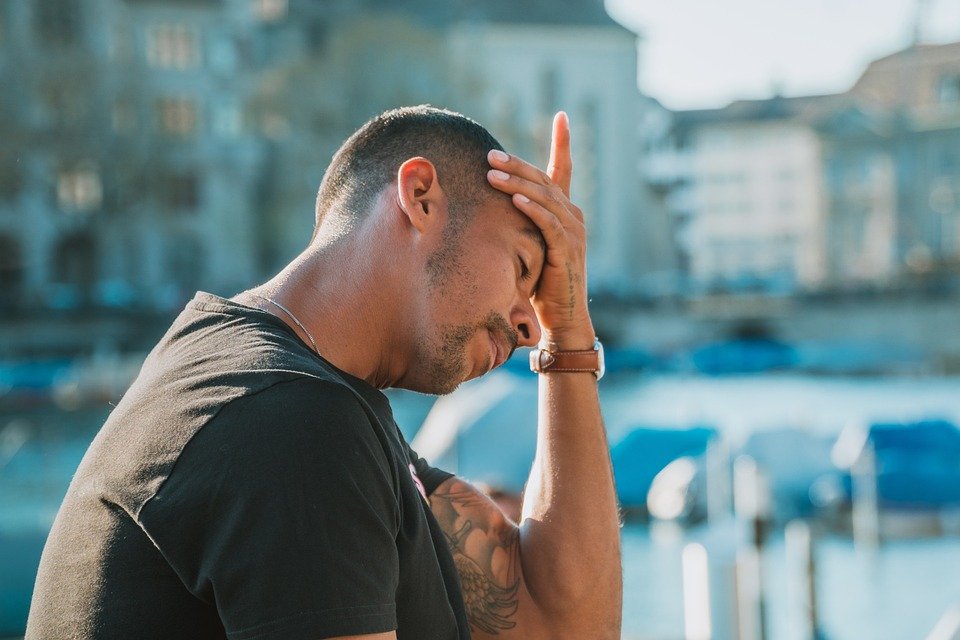
Contrast is an essential element in art and design that adds interest, excitement, and depth to a composition. In the world of medical terminology, contrast is also a crucial concept when it comes to diagnostic imaging. The use of contrast media in medical imaging allows healthcare professionals to better visualize internal structures and abnormalities, leading to more accurate diagnoses and treatment plans.
But beyond its practical applications in medicine, contrast also plays a significant role in the world of art and design. From striking color combinations to the juxtaposition of different textures and shapes, contrast is a powerful tool that can evoke emotions, create visual interest, and communicate complex ideas.

One of the most common forms of contrast in art and design is the use of color. By combining hues that are opposite on the color wheel, artists and designers can create dynamic and visually appealing compositions. For example, pairing a vibrant red with a deep green or a bright yellow with a rich purple can create a sense of energy and excitement in a painting or graphic design.
Contrast can also be achieved through the use of value, or the lightness or darkness of a color. By juxtaposing light and dark tones, artists and designers can create a sense of depth and dimension in their work. This technique is often used in photography, where the interplay of light and shadow can create dramatic and emotive images.

Texture is another important element of contrast in art and design. By combining smooth and rough surfaces, soft and hard materials, or matte and shiny finishes, artists and designers can create tactile experiences that engage the senses. Textural contrast can add richness and complexity to a composition, inviting viewers to explore and interact with the work on a deeper level.
Shape and form are also key components of contrast in art and design. By juxtaposing geometric and organic shapes, angular and curved forms, or positive and negative space, artists and designers can create visual tension and balance in their compositions. This interplay of shapes and forms can create a sense of movement, rhythm, and harmony in a piece of artwork.

In the world of medical imaging, contrast is used to enhance the visibility of internal structures and abnormalities in the body. Contrast media, such as iodine or barium, are injected into the body to highlight specific areas on X-rays, CT scans, MRI scans, and other imaging tests. By introducing contrast agents, healthcare professionals can better differentiate between healthy and diseased tissues, leading to more accurate diagnoses and treatment plans.
The use of contrast in medical imaging is a testament to the power of visual communication in healthcare. By enhancing the visibility of internal structures and abnormalities, contrast media can help healthcare professionals identify and treat a wide range of conditions, from fractures and tumors to infections and blockages.
In conclusion, contrast is a versatile and powerful tool in both art and medicine. Whether used to create visual interest and depth in a painting or to enhance the visibility of internal structures in a medical image, contrast plays a crucial role in communicating complex ideas and emotions. By exploring the beauty of contrast in art and design, we can better understand its significance in the world of medical terminology and appreciate its impact on our lives.

Discover more from Bibliobazar Digi Books
Subscribe to get the latest posts sent to your email.


